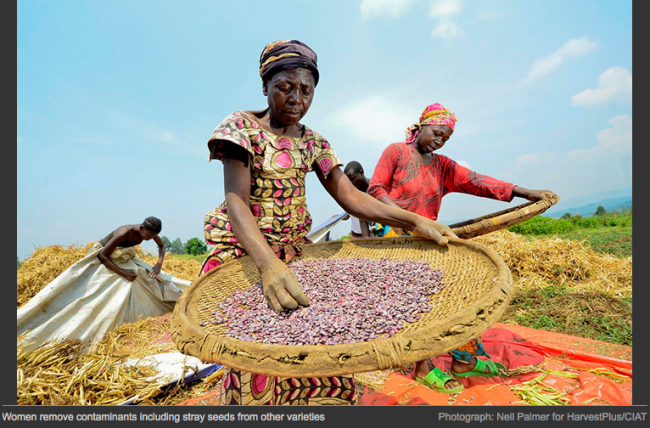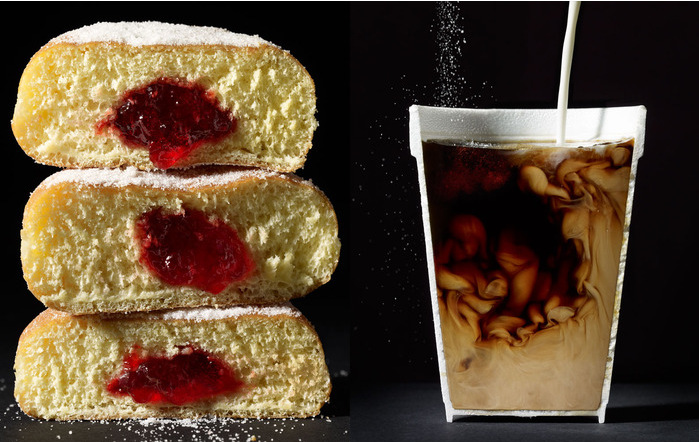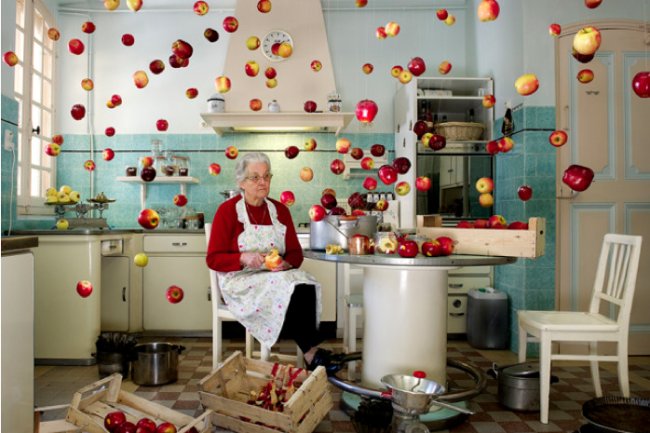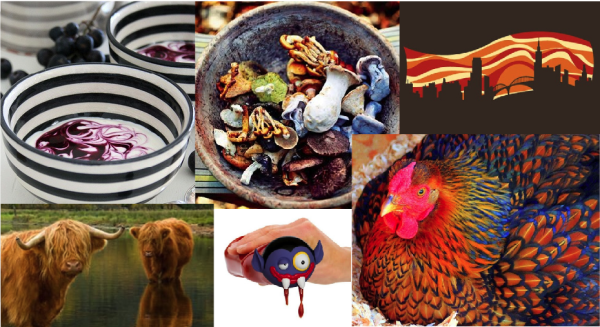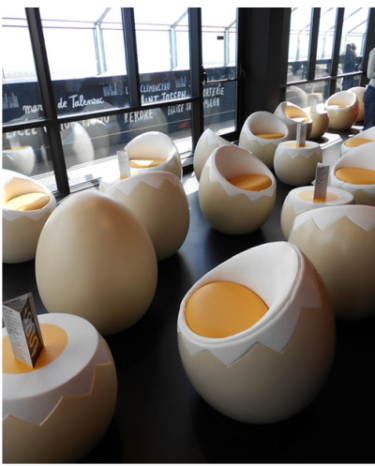our favorite finds from the front lines of food
image via the Guardian
Eyes are on Rio and all thing Olympics this week, including food coverage.
Food trucks rescue shortfall of Olympic vendors, a sign of Rio scene on the rise "This embarrassment for the organizers has been welcomed as an opportunity by food truck owners, who have been conscripted to provide emergency reinforcement for the fixed kiosks at the Olympic Park." (Guardian)
You can cook your own Brazilian snacks, no waiting in line. Become an Expert on Brazilian Cuisine Right Now (Eater) and Seven Brazilian Foods to Know if You're Going to the Olympics (National Geographic, The Plate)
Chefs Serve Olympic Village's Surplus Food to Rio's Hungry Population "RefettoRio Gastromotiva, the project co-founded by Italian chef Massimo Bottura and Brazilian chef David Hertz, aims to 'offer food and dignity to people in situations of social vulnerability,' according to a statement released by the City of Rio, which is supporting the initiative by providing a building for the group to use in the city center." (ABC News)
Newsflash of 2016 — women can be real athletes, and farmers. The Female Farmer Project puts a bright face (and some great interviews) on the new demographics of farming. Women have always been there doing the hard work of raising our food, but now they're out front and getting credit too.
A great long read on the struggles of surviving in limbo. Inside the women-owned restaurants of Yida, South Sudan’s largest — and most tenuous — refugee settlement. (Eater)
Is That Real Tuna in Your Sushi? Now, a Way to Track That Fish Traceability software has been on the edges of the seafood industry for a while, so it's great to see it get more coverage. (New York Times)
Another app for seafood is restaurant driven. Pearl shows users detailed info on seafood being served in nearby restaurants. "Do you know what you're getting when you order, say, clams casino? Pearl demystifies the process, providing information and education on the taste, texture, nutrition facts, and sustainability of your seafood." (Crave)
Food tech might not be as hot as you thought. The meal delivery and grocery space is crowded, and investment is looking further back in the chain. "Soil and crop technology turned out to be the dark horse in the sector, nabbing $161 million in investment this year compared to just $41 million last year." (SF Biz Journal)






